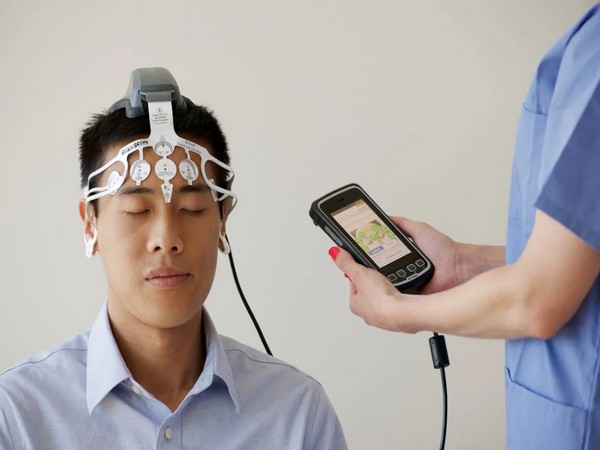Washington [USA], January 5 (ANI): The scientists at the Allen Institute for Brain Science have identified the molecular changes that occur in the brains of ageing mice and located a hot spot where most damage is centralized. The cells in the area are also connected with metabolism, thus suggesting a connection between diet and brain health.
Scientists at the Allen Institute have identified specific cell types in the brains of mice that undergo major changes as they age, along with a specific hot spot where many of those changes occur. The discoveries are published in the journal Nature.
The study found that in ageing brains, genes associated with inflammation increased in activity while those related to neuronal structure and function decreased.
“Our hypothesis is that those cell types are getting less efficient at integrating signals from our environment or from things that we’re consuming,” said Kelly Jin, Ph.D., a scientist at the Allen Institute for Brain Science and lead author of the study.
“And that loss of efficiency somehow contributes to what we know as ageing in the rest of our body. I think that’s pretty amazing, and I think it’s remarkable that we’re able to find those very specific changes with the methods that we’re using.”
Through this study, scientists discovered a possible connection between diet, lifestyle factors, brain ageing, and changes that can influence our susceptibility to age-related brain disorders.
They found a specific hot spot combining both the decrease in neuronal function and the increase in inflammation in the hypothalamus. The most significant gene expression changes were found in cell types near the third ventricle of the hypothalamus, including tanycytes, ependymal cells, and neurons known for their role in food intake, energy homeostasis, metabolism, and how our bodies use nutrients.
To conduct the study, funded by the National Institutes of Health (NIH), researchers used cutting-edge single-cell RNA sequencing and advanced brain-mapping tools developed through NIH’s THE BRAIN Initiative to map over 1.2 million brain cells from young (two months old) and aged (18 months old) mice across 16 broad brain regions.
The aged mice are what scientists consider to be the equivalent of a late middle-aged human. Mouse brains share many similarities with human brains in terms of structure, function, genes, and cell types.
The scientists believe that the result of this study could pave the way for future therapies to slow or manage the ageing process in the brain. (ANI)
Disclaimer: This story is auto-generated from a syndicated feed of ANI; only the image & headline may have been reworked by News Services Division of World News Network Inc Ltd and Palghar News and Pune News and World News
HINDI, MARATHI, GUJARATI, TAMIL, TELUGU, BENGALI, KANNADA, ORIYA, PUNJABI, URDU, MALAYALAM
For more details and packages











